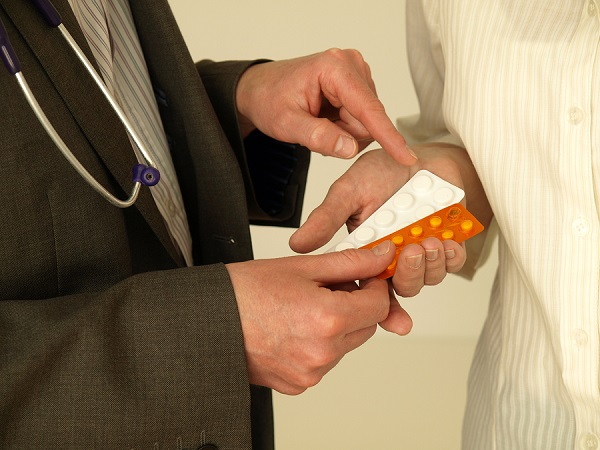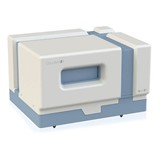Medication errors are one of the most common causes of preventable adverse events in the healthcare system.
Identification of a medicine, up to the moment of administration, is therefore a key element of a safe medicine dispensing procedure in hospitals. Preliminary studies have suggested the use of barcodes on medicines to the single unit level can help to reduce medication error rates by 41.4 per cent[1].
Point-of-care verification systems and traceability systems rely on the effective capture of data of healthcare products at all packaging levels, whenever dispensed, administered, distributed or used. But until today, hospitals were confronted with the lack of globally harmonised standards on how to identify products at lower levels of packaging such as a single-packed catheter or the individual blister cell from a multi-cell blister card.
A GS1 Healthcare work group, consisting of over 80 supply chain experts, took the challenge of agreeing to clarify and update the GS1 Standards to provide guidance on how to identify healthcare products at the single unit level also referred to as the "Level Below the Each". This new standard will provide clear and consistent guidance on how to identify at this level.
Commenting on the need to use one single global standard, Frédérique Fremont, Robert Ballanger Hospital (France) and co-chair of the Level Below The Each Work Group said: "It is essential that healthcare providers work with manufacturers to implement Level Below the Each marking, as this will enable us to reach the critical mass adoption of standardised and automated processes that will reduce medication errors and ensure safe use of medical devices."
Updates have been made to the GS1 Healthcare GTIN Allocation Rules[2] that incorporate guidance on how a 'responsible entity' in the Healthcare supply chain should identify that 'Level Below The Each' trade item, including, as examples: single unpackaged pills, pills packaged in blister cells, unpackaged liquids, single-use non-sterile devices such as screws and pins, or multi-use non-sterile devices such as a blood pressure cuff.
Recognising the impact on patient safety of this accomplishment, Peter Tomicki, Zimmer and co-chair of the Level Below The Each Work Group, said: "In Healthcare, lower levels of packaging exist that require identification. This new standard will provide clear and consistent guidance on how and who identifies items at these levels."
Congratulating the Level Below The Each Work Group on their work, Dr Roberto Frontini, President of the European Association of Hospital Pharmacists, said: "GS1 has taken an admirable lead in creating a globally applicable bar code standard for the Level Below the Each that manufacturers and others can implement. This helps to overcome a remaining obstacle to achieving medicines for hospitals bar coded to the single unit.
"In doing so, the new standard offers great promise for patient safety and the prevention of medication error by opening the prospect of bedside scanning in hospitals at the point of administration as a common practice.
"We look forward to more discussion about the use of the standard at a high level meeting on bedside scanning in Leuven on 14 October."
1 Poon EG et al. Effect of Bar-Code Technology on the Safety of Medication Administration. N Eng J Med 2010;362:1698-707. http://www.nejm.org/doi/full/10.1056/NEJMsa0907115





-160x160-state_article-rel-cat.png)





-160x160-state_article-rel-cat.png)






